- With more than 404,103 hectares spread across four provinces, the Cayambe Coca National Park is the third largest in Ecuador and the only one that passes through the equatorial line.
- The area is divided into two zones: one is Amazonian forests, and the other is moorland. The place is also known as the “national water park”.
The Cayambe Coca National Park is known as “the national water park ” because it is home to the sources of the Dué, Chingual, Cofanes and Cabeno rivers that feed the Aguarico, a tributary that, like the Coca River, delivers its waters to the great Napo River.
This protected natural area is located in the northeast of Ecuador, between the Pacific and Amazon basins, and is considered one of the most important in the country, because it is where the water that supplies 60% of the population of the city of Quito is sourced.
It is also the third largest protected natural area in Ecuador, with 404,103 hectares distributed across the provinces of Pichincha, Imbabura, Napo and Sucumbíos. Its vast extension allows it to have areas that are between 600 and 5,900 meters above sea level and, therefore, it has great biodiversity.
The park is divided into two administrative areas: the upper zone, with snow-capped mountains and moors, and the lower zone, with humid forests. “Cayambe Coca brings together all the climatic zones, which is why it has a great diversity of species and landscapes, all within a single protected natural area,” says Werner Barrera Velázquez, head of the upper zone of the park.
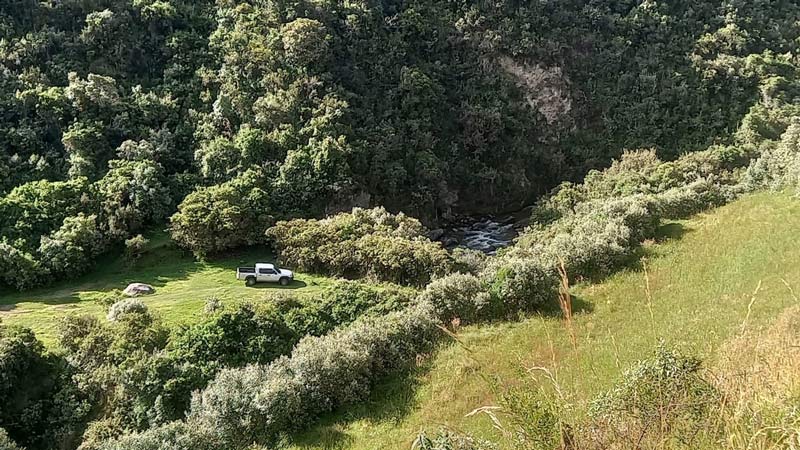
The park is divided into two areas: high with moors and snowy peaks and low with a temperate and warm climate in the humid forests. Photo: courtesy of Cayambe Coca National Park
First stop: endangered species
The spectacled bear (Tremarctos ornatus) is the symbol of the protected area, a species that is in the Vulnerable category, according to the International Union for Conservation of Nature (IUCN).
“The park promotes the protection of the spectacled bear from poaching. This is a species that only lives in Ecuador, Peru, Venezuela, Colombia and Bolivia,” says Barrera Velázquez, who has been working in the protected natural area for 13 years.
When walking along the trails of the Cayambe Coca National Park, visitors can see various birds, such as the Andean condor (Vultur gryphus), the poma eagle (Spizaetus isidori) and the wattled guan (Aburria aburri).
The park is also home to other endangered species, such as the moor deer (Mazama rufina), the short-eared fox (Atelocynus microtis) and the black-necked marmoset (Saguinus nigricollis). In total, there are 200 species of mammals, 900 birds, 120 reptiles and amphibians.
In terms of flora, the park has 100 endemic species, such as the ichu (Stipa ichu). Ferns (Polypodiophyta) are also characteristic of the area, as well as endangered trees such as the cedar (Cedrela odorata) and the cinnamon tree (Drimys winteri), among others.
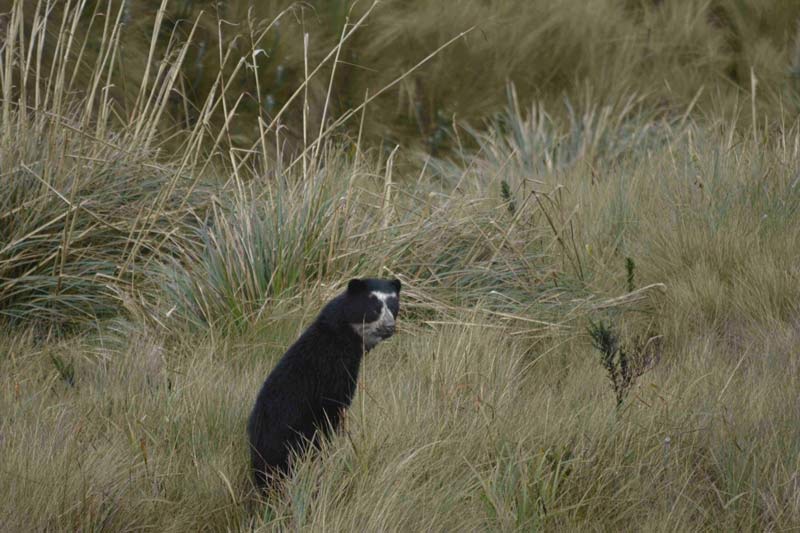
Spectacled bear (Tremarctos ornatus). Photo: courtesy of Cayambe Coca National Park
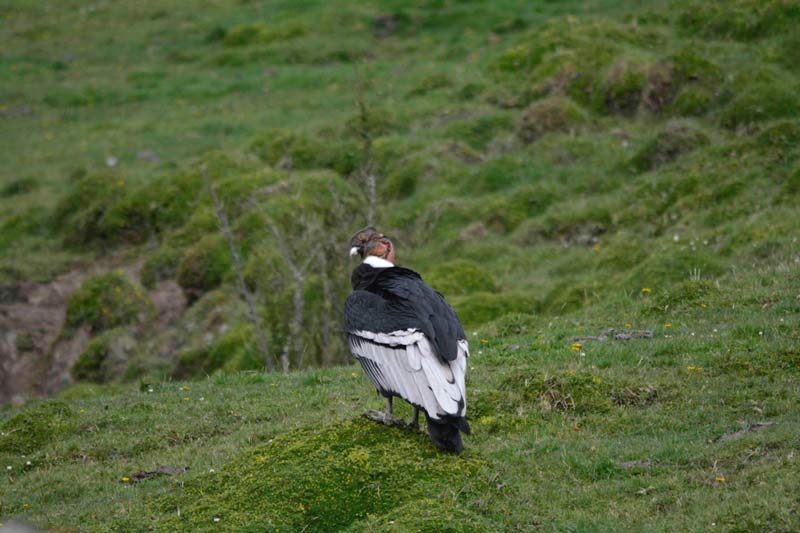
The Andean condor (Vultur gryphus) is one of the species most eagerly awaited to be seen by tourists. Photo: courtesy of Cayambe Coca National Park
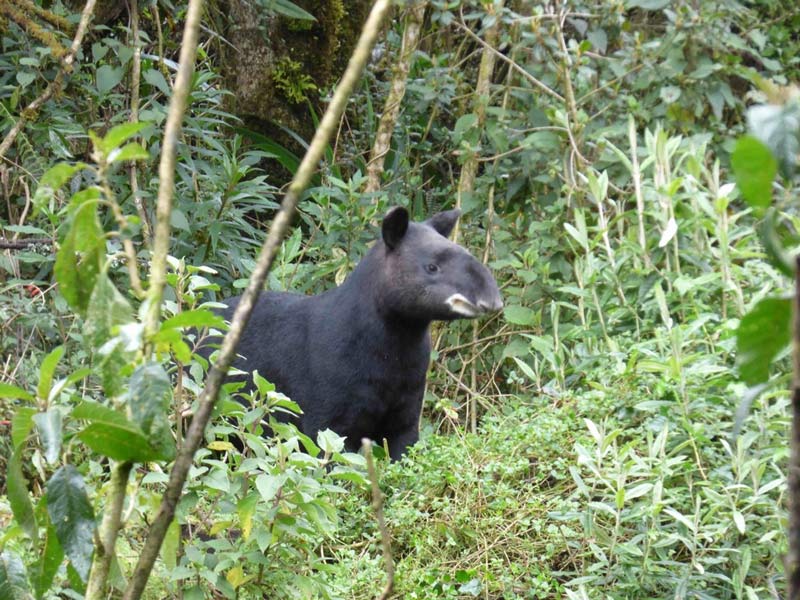
Tapir (Tapirus). Photo: courtesy of Cayambe Coca National Park
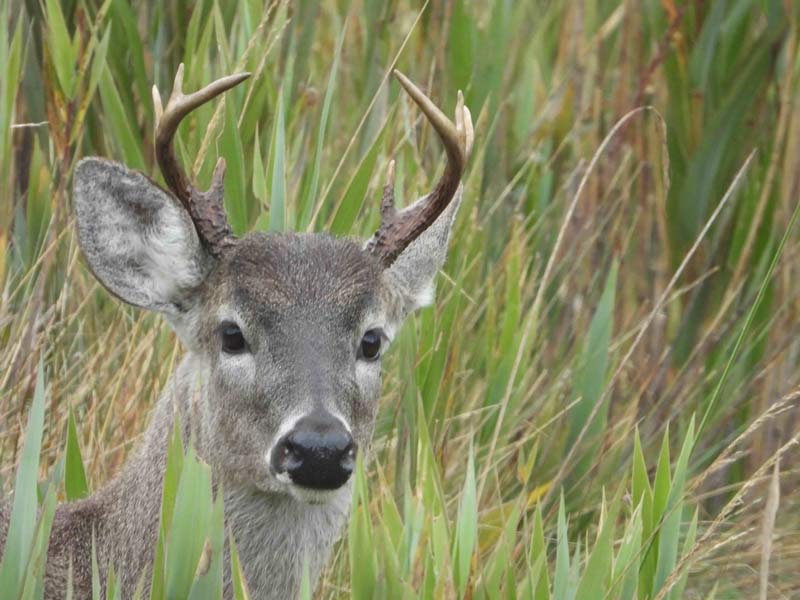
Deer (Odocoileus virginianus). Photo: courtesy of Cayambe Coca National Park
Second stop: indigenous territory
Inside the park live the indigenous peoples of the Kichwa and Cofán nationalities, who are in the communities of Oyacachi, on the western side of the Andes mountain range, and Sinangué, in the province of Sucumbíos, both of whom maintain a peaceful coexistence with the area and are dedicated to tourist and sporting activities.
Indigenous people are also located in the park’s buffer zone, carrying out surveillance and conservation work. They are also working on projects to diversify agricultural production and improve local coordination to combat threats to the park.
Local people and indigenous people are part of the Cayambe Coca National Park rangers group. They issue deforestation alerts and fight forest fires on a permanent basis.
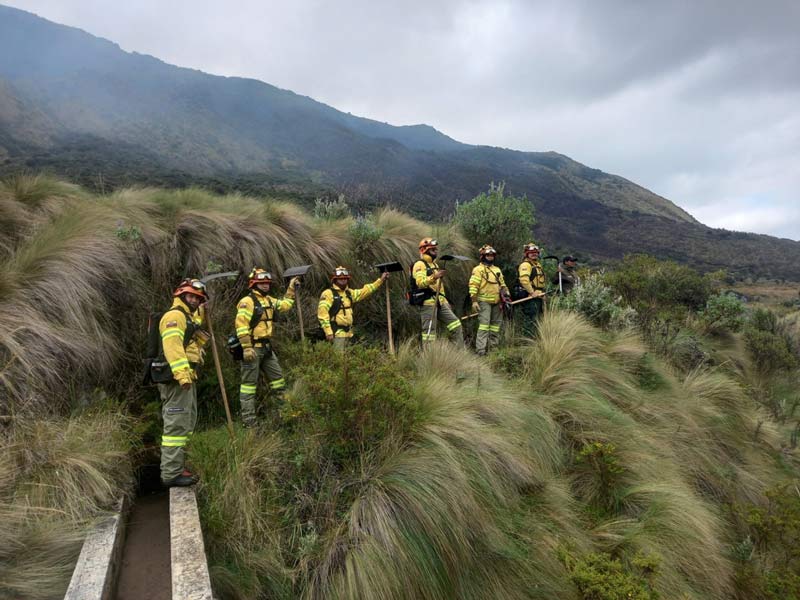
Park rangers at Cayambe Coca National Park. Photo: courtesy of Cayambe Coca National Park
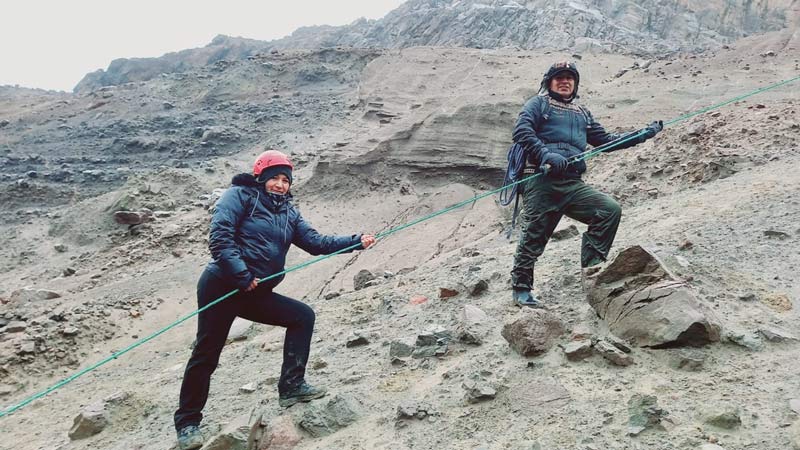
The indigenous people of the Kichwa people guide tourists along the hiking and climbing routes. Photo: courtesy of Cayambe Coca National Park.
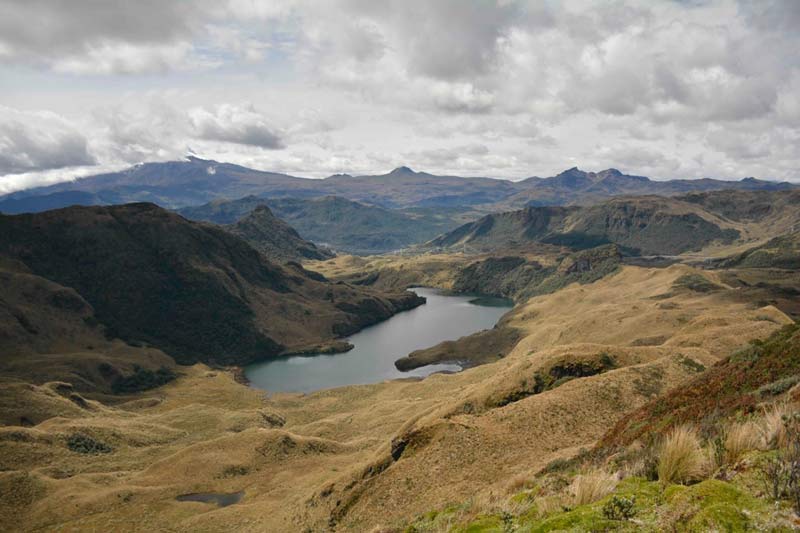
Cayambe Coca is also known as the “national water park” for its large number of water sources. Photo: courtesy of Cayambe Coca National Park
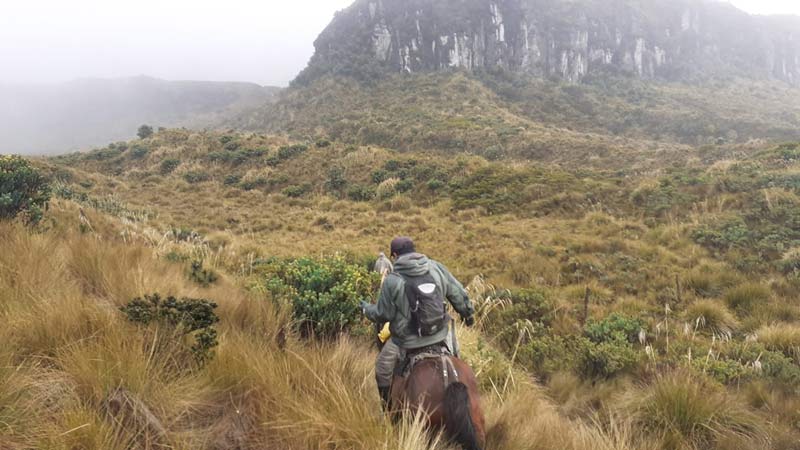
Hiking routes are also carried out on horseback in the protected natural area. Photo: courtesy of Cayambe Coca National Park.
Third stop: volcanoes and glaciers
In the park, the main attraction for hikers is the Cayambe volcano, which reaches 5,790 meters above sea level, has several domes and glacial mass at its top, with a thickness of 30 to 50 meters. Around 45,000 people visit it every year. Meanwhile, the Reventador volcano is located at the western end of the park and is currently active, so that area is not open for tourists.
The Papallacta hot springs are also within the park and serve as a spa for visitors. In addition, the highland grasslands are nearby, where bird watching and sport fishing are practiced, being the only protected natural area that allows the latter activity in Ecuador.
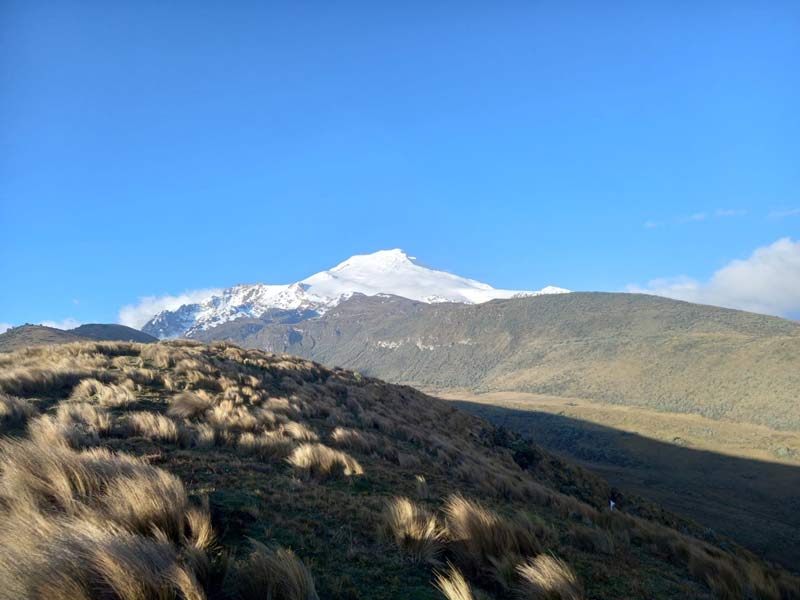
In Cayambe Coca there are high Andean grasslands, of great water importance for the conservation of the basins. Photo: courtesy of Cayambe Coca National Park.
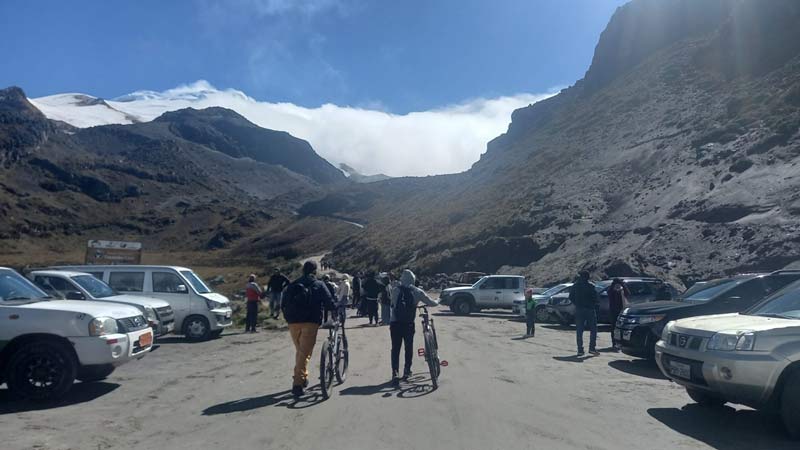
Hundreds of tourists visit Cayambe Coca National Park every day to go hiking, cycling and visit the hot springs. Courtesy: Cayambe Coca National Park
Werner Barrera explains that one of the greatest pressures on the area is urban expansion and loggers entering the rainforests. “We work on controlling the number of visitors to the park per day and the use of land changes requested by private owners of the surrounding areas according to the area’s management plan,” he explains.
The park workers also carry out mitigation actions against the retreat of the glaciers and adaptation for the local population. “Deglaciation is a global problem, we cannot stop it, but we can work on adaptation,” acknowledges Barrera, who is originally from the city of Cayambe and dared to become a park ranger in 2011 and still works in the area.
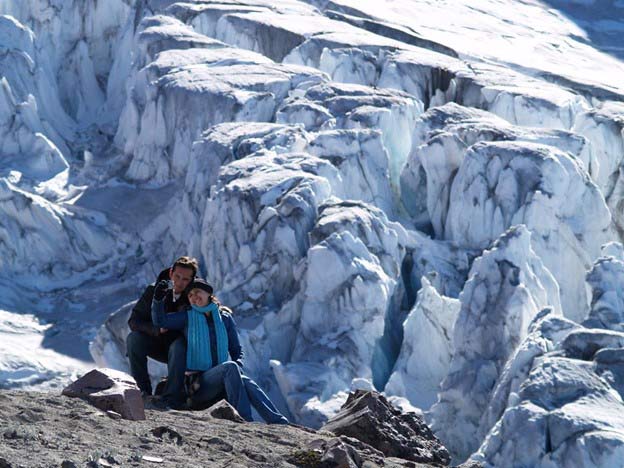
Tourists are present throughout the year in the national park. Courtesy: Cayambe Coca National Park.
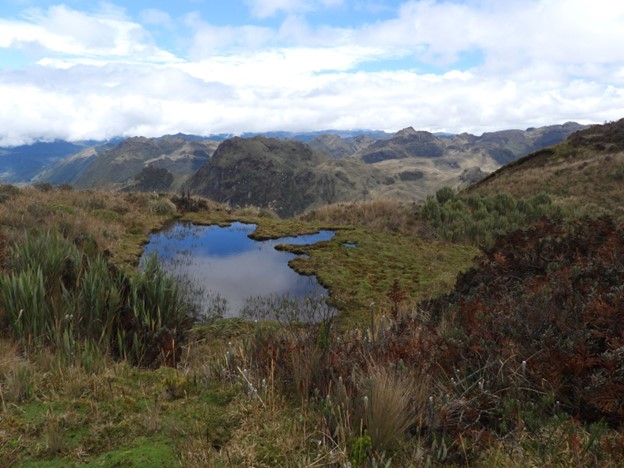
The park is home to a system of 80 glacial lagoons that are fed by the melting ice of the majestic Cayambe volcano. Photo: courtesy of Cayambe Coca National Park.
*Main image: The Cayambe volcano reaches 5,790 meters of altitude and has a glacial mass at its summit. Courtesy: Cayambe Coca National Park.
This report was originally published in Mongabay Latam.

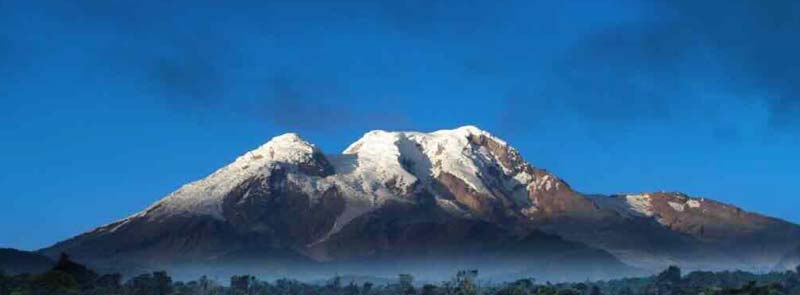
0 Comments